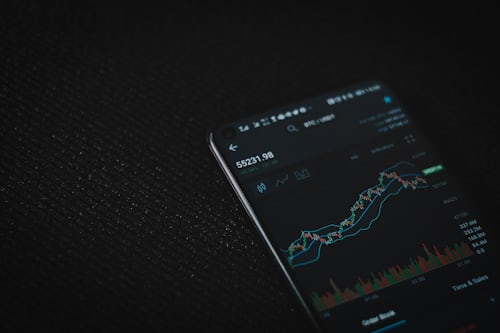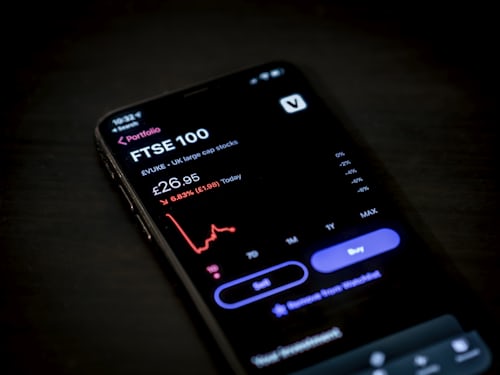
If you are new to trading cryptocurrencies, you first need to understand the basics of how this asset works. Therefore, let's start with the bare-bones basics.
What are cryptocurrencies?
You may already be familiar with the concept of cryptocurrencies to some degree. Cryptocurrencies are, in simple terms, digital currencies. They are not issued by a centralized bank or government, nor is their value backed by a fiat currency.
Each cryptocurrency is a token stored in a digital wallet. For example, if you use Bitcoin, you can use the coins as a medium of exchange for various products and services.
Each of these transactions is stored in a publicly accessible ledger called the blockchain. This creates a permanent record that cannot be altered or manipulated. This makes cryptocurrencies a truly unique asset class.
Cryptocurrencies first came to global attention in 2009 when Bitcoin was first introduced. Due to Bitcoin's success, there are now over 8,000 cryptocurrencies, most of which can be traded online.
After understanding the basics, let's talk about how you can trade it crypto.
What are the basics of crypto trading?
Trading cryptocurrencies is all about speculating the future price movements in exness fx broker of the digital coin in question. For example, when you trade Bitcoin, you try to predict whether the price of the coin will rise or fall on the open market.
You place a buy or sell order based on your speculations - hoping to make a profit in the process.
Here's a practical example of a cryptocurrency trade:
- Let's say you want to trade Litecoin for USD.
- This will be referred to as LTC / USD on your chosen cryptocurrency trading platform.
- The current price for LTC / USD is 177 USD.
- You create a buy order worth $500 for the pair.
- A few hours later, the exchange rate of LTC / USD increases to 190 USD.
- This represents a price increase of 7.3%.
- With your stake of 500 USD, you have made a profit of 36.50 USD.
This is a typical example of a cryptocurrency trade when you speculate that the price of the asset will increase in the short term.
On the other hand, you can also go "short" if you expect the price to go down. This is possible by trading crypto CFDs. We will discuss the pros and cons of going short later in this guide to trading cryptos.

In summary, when you trade crypto, you can take advantage of both . Price development of the asset downwards - provided that you forecast the market correctly.
In many ways, cryptocurrency trading has many similarities with forex trading. In both markets, you are trying to speculate the exchange rate of currency pairs. Moreover, both assets are equally known for their volatility - at least in exotics.
Similar to Forex, the price of cryptocurrencies fluctuates about every other second. If you're thinking about trading cryptocurrency, you need to understand what causes this price movement and where it's likely to go in the near future. Before you execute market moves, you need to do your homework on the relevant digital currency and its respective market
|



 +972 3 7631172
+972 3 7631172
 +972 52 5961777
+972 52 5961777
 +380 67 5221402
+380 67 5221402 
 +7 495 662-87-22
+7 495 662-87-22 

